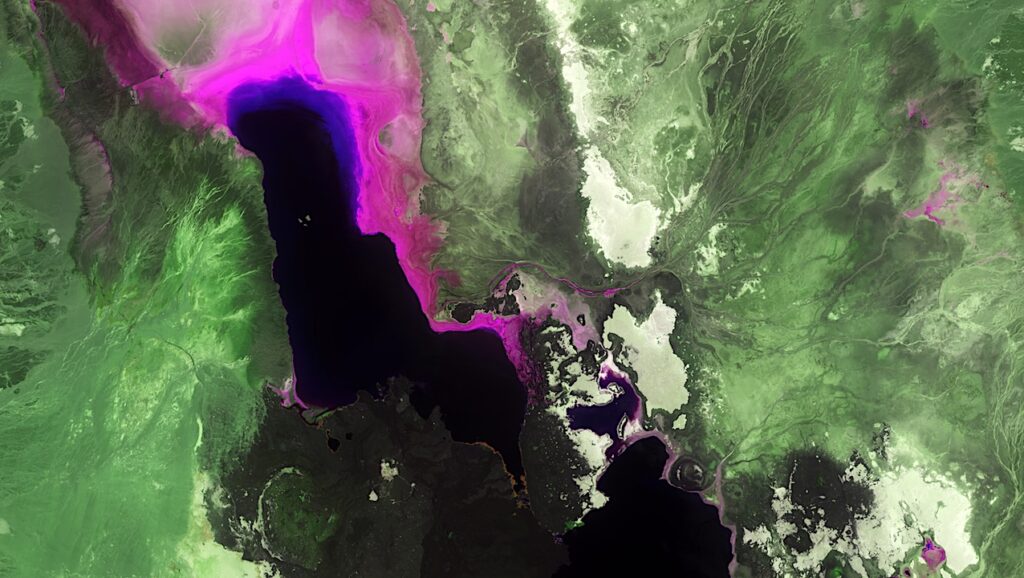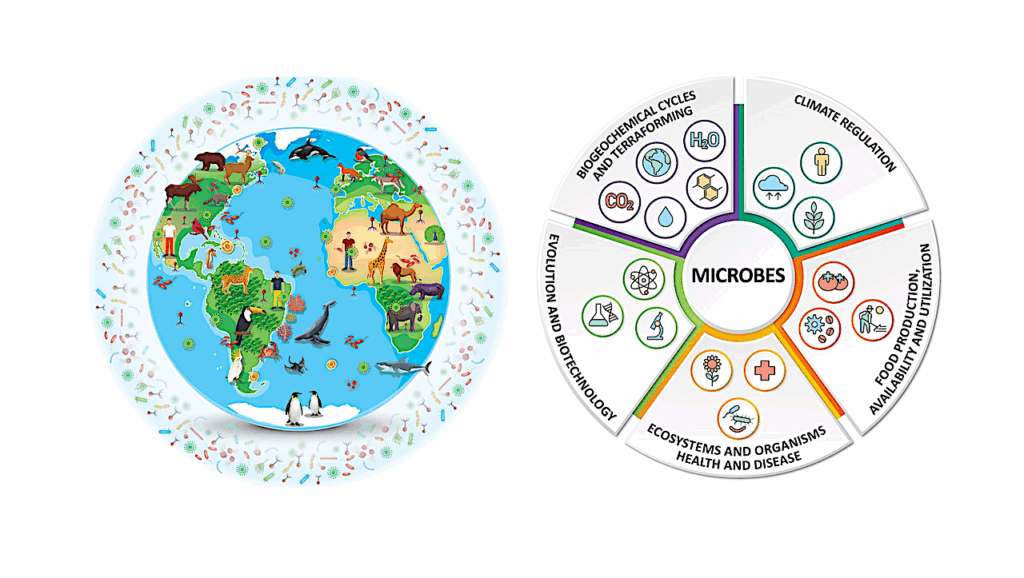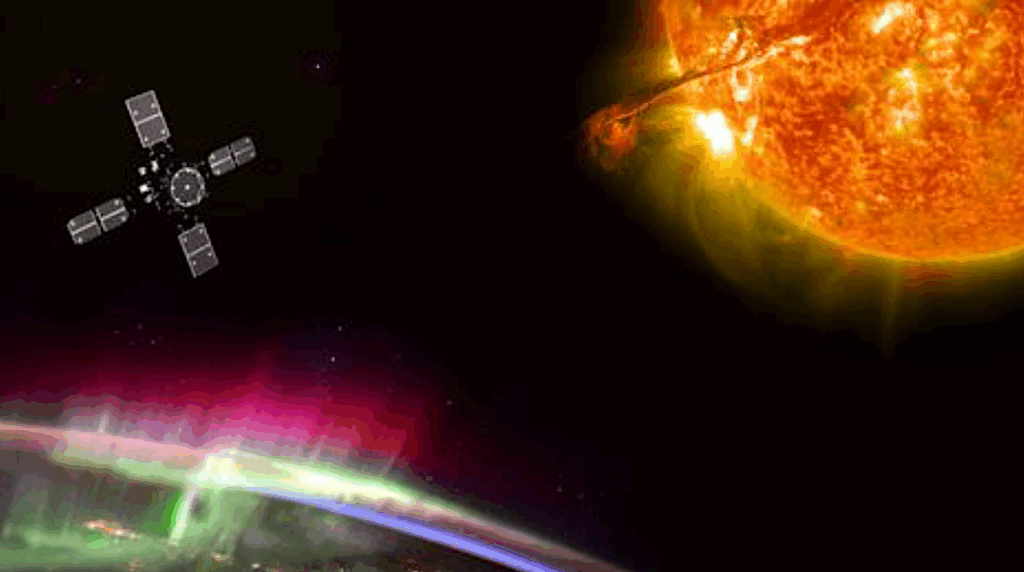The Need for Laboratory Measurements and Ab Initio Studies to Aid Understanding of Exoplanetary Atmospheres

We are now on a clear trajectory for improvements in exoplanet observations that will revolutionize our ability to characterize their atmospheric structure, composition, and circulation, from gas giants to rocky planets.
However, exoplanet atmospheric models capable of interpreting the upcoming observations are often limited by insufficiencies in the laboratory and theoretical data that serve as critical inputs to atmospheric physical and chemical tools. Here we provide an up-to-date and condensed description of areas where laboratory and/or ab initio investigations could fill critical gaps in our ability to model exoplanet atmospheric opacities, clouds, and chemistry, building off a larger 2016 white paper, and endorsed by the NAS Exoplanet Science Strategy report.
Now is the ideal time for progress in these areas, but this progress requires better access to, understanding of, and training in the production of spectroscopic data as well as a better insight into chemical reaction kinetics both thermal and radiation-induced at a broad range of temperatures. Given that most published efforts have emphasized relatively Earth-like conditions, we can expect significant and enlightening discoveries as emphasis moves to the exotic atmospheres of exoplanets.
Jonathan J. Fortney, Tyler D. Robinson, Shawn Domagal-Goldman, Anthony D. Del Genio, Iouli E. Gordon, Ehsan Gharib-Nezhad, Nikole Lewis, Clara Sousa-Silva, Vladimir Airapetian, Brian Drouin, Robert J. Hargreaves, Xinchuan Huang, Tijs Karman, Ramses M. Ramirez, Gregory B. Rieker, Jonathan Tennyson, Robin Wordsworth, Sergei N Yurchenko, Alexandria V Johnson, Timothy J. Lee, Chuanfei Dong, Stephen Kane, Mercedes Lopez-Morales, Thomas Fauchez, Timothy Lee, Mark S. Marley, Keeyoon Sung, Nader Haghighipour, Tyler Robinson, Sarah Horst, Peter Gao, Der-you Kao, Courtney Dressing, Roxana Lupu, Daniel Wolf Savin, Benjamin Fleury, Olivia Venot, Daniela Ascenzi, Stefanie Milam, Harold Linnartz, Murthy Gudipati, Guillaume Gronoff, Farid Salama, Lisseth Gavilan, Jordy Bouwman, Martin Turbet, Yves Benilan, Bryana Henderson, Natalie Batalha, Rebecca Jensen-Clem, Timothy Lyons, Richard Freedman, Edward Schwieterman, Jayesh Goyal, Luigi Mancini, Patrick Irwin, Jean-Michel Desert, Karan Molaverdikhani, John Gizis, Jake Taylor, Joshua Lothringer, Raymond Pierrehumbert, Robert Zellem, Natasha Batalha, Sarah Rugheimer, Jacob Lustig-Yaeger, Renyu Hu, Eliza Kempton, Giada Arney, Mike Line, Munazza Alam, Julianne Moses, Nicolas Iro, Laura Kreidberg, Jasmina Blecic, Tom Louden, Paul Molliere, Kevin Stevenson, Mark Swain, Kimberly Bott, Nikku Madhusudhan, Joshua Krissansen-Totton, Drake Deming, Irina Kitiashvili, Evgenya Shkolnik, Zafar Rustamkulov, Leslie Rogers, Laird Close
(Submitted on 16 May 2019)
Comments: Submitted as an Astro2020 Science White Paper
Subjects: Earth and Planetary Astrophysics (astro-ph.EP)
Cite as: arXiv:1905.07064 [astro-ph.EP] (or arXiv:1905.07064v1 [astro-ph.EP] for this version)
Submission history
From: Jonathan J. Fortney
[v1] Thu, 16 May 2019 23:37:29 UTC (197 KB)
https://arxiv.org/abs/1905.07064
Astrobiology








